Pair of paintings
SAINT ROMUALD/ SAINT ALBERT OF MONTALCETO
Tempera on linen, on panel.
132.3 x 52 cm, Framed 155 x 82 cm
Provenance: Hampel Munich (10.12.2015, lot 217, estimate € 200,000/E 300,000
https://www.hampel-auctions.com/a/Martino-di-Bartolomeo-di-Biago-1389-Siena-1434-35.html?a=103&s...
Bibliography:
Published in G. Fattorini, in: Vetera et nova, M. Vezzosi (ed.), Florence 2005, p. 30, figures 3 and 4.
A pair of extraordinary works by the Sienese artist Martino Di Bartolomeo, both in excellent condition, belonging to a group of extremely rare paintings from the first half of the 15th century. Created in tempera on canvas, both paintings were subsequently, probably during the 18th century, applied to wood.
The works come from the prestigious collection of the Florentine antiquarian and art collector Carlo De Carlo, whose estate was almost entirely sold during the legendary auction in December 2001. Our two paintings were also sold on that occasion, listed in the catalogue under no. 125 (erroneously described as detached frescoes, mounted on wood at a later date).
Both paintings depict saints of the Benedictine Order, easily recognisable by their typical white robes. The older of the two, with a beard, wears a magnificent cope, mitre and crosier, identifying him as a bishop and making him recognisable as Romuald. The younger one, on the other hand, wears the habit of the Camaldolese order, and a hare peeks out from one sleeve, so he is undoubtedly Alberto da Montalceto, whose attribute is the hare, an animal he protected from hunters when he was a young hermit.
Originally from Siena, Martino di Bartolomeo was the son of the goldsmith Bartolomeo di Biagio, and began his painting career between Lucca and Pisa, where he left several important works as a young artist. In 1405, he returned to his hometown of Siena and devoted himself to important public commissions, such as works for the cathedral and the Palazzo Pubblico. The diversity of his activities made Martino a rather atypical painter in the Sienese tradition.
His energetic, monumental style shows clear Florentine echoes and blends with influences from Spinello Aretino (c. 1346-1410), Antonio da Firenze (Antonio Veneziano, active 1369-1388), Niccolò di Pietro Gerini (active 1368-1415) and Taddeo di Bartolo (1362-1422).
Characteristic of this original fusion style is the depiction of Saint Albert, with his pronounced chin, as well as the powerful and severe Romualdo.
Both figures compare well with many others depicted by Martino di Bartolomeo, such as those on the coffered altars no. 120 and no. 160 in the Pinacoteca Nazionale in Siena (https://catalogo.fondazionezeri.unibo.it/entry/work/8162/): here we can easily compare the Saint Lawrence in the Pinacoteca with our Saint Romuald, and Saint Augustine with our Saint Albert. See the comparison image for details.
Furthermore, those in the fresco of the Trinity and Saints in the church of Santa Maria della Scala, also in Siena, and finally those in the Church of St. Augustine in Bagnoregio (https://catalogo.fondazionezeri.unibo.it/entry/work/8108/ )
The two images of saints presented here were certainly created during the painter's artistic maturity, i.e. in his second and final period in Siena, when Martino's style became essentially recognisable, making it very difficult to date them precisely.
The architectural structures framing the two saints are almost identical to those in a fresco painted in 1407 by Taddeo di Bartolo in the chapel of the Palazzo Pubblico in Siena (https://museocivico.comune.siena.it/opere/cesare-e-pompeo).
In general, the two paintings under consideration show similarities with masterpieces by Martino Di Bartolomeo created in the first two decades of the 15th century, such as the Madonna dell'Umiltà (Fogg Art Museum, Cambridge, MA) or the Storie di Santo Stefano (Städel Museum, Frankfurt am Main): both characterised by a marked plasticity and therefore clearly attributable to this painter and his artistic exchange with Jacopo della Quercia (c. 1372 - 1438), Domenico di Niccolò Cori (c. 1362-1450) and Francesco di Valdambrino (14th/15th century), author of polychrome wooden figures.
ADDITIONAL INFORMATION:
The works are sold complete with two imposing gilded frames and are accompanied by a certificate of authenticity and a descriptive iconographic card.
We take care of and organise the transport of the purchased works, both in Italy and abroad, through professional and insured carriers.
It is also possible to view the painting in our gallery in Riva del Garda, where we would be delighted to welcome you and show you our collection of works.
Please contact us, without obligation, for any further information.
Follow us on:
INSTAGRAM https://www.instagram.com/galleriacastelbarco/?hl=it
FACEBOOK https://www.facebook.com/galleriacastelbarco/



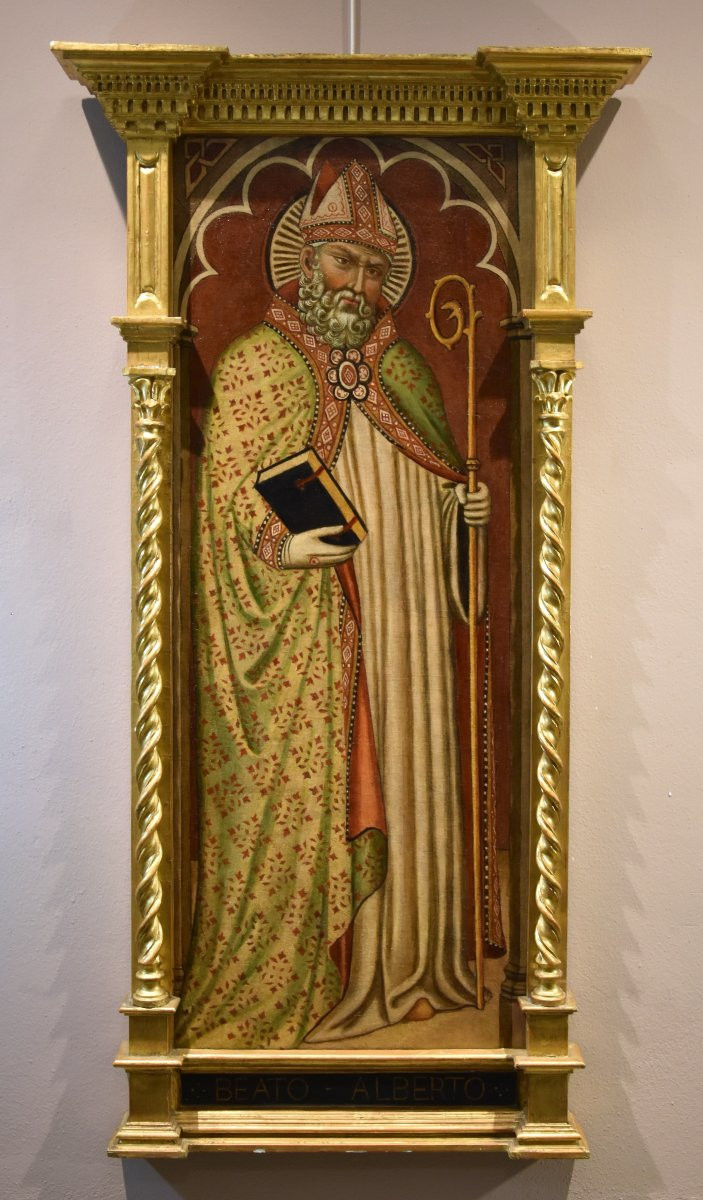
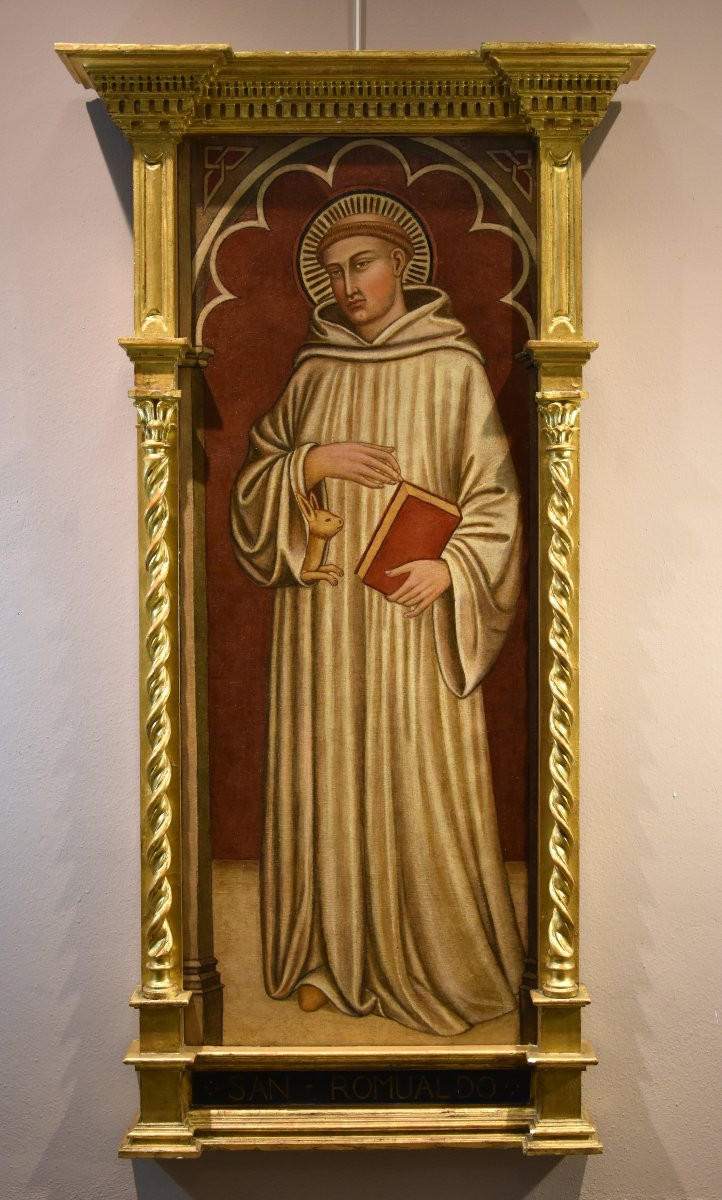
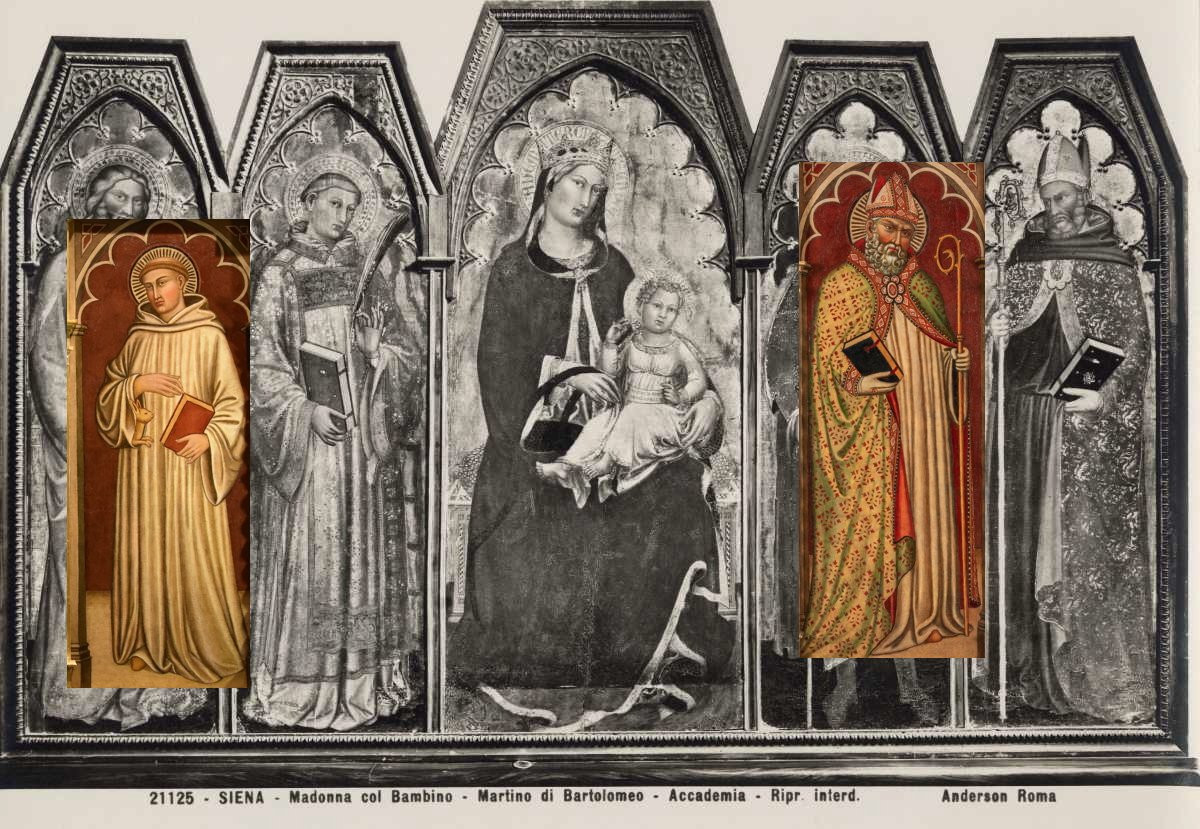

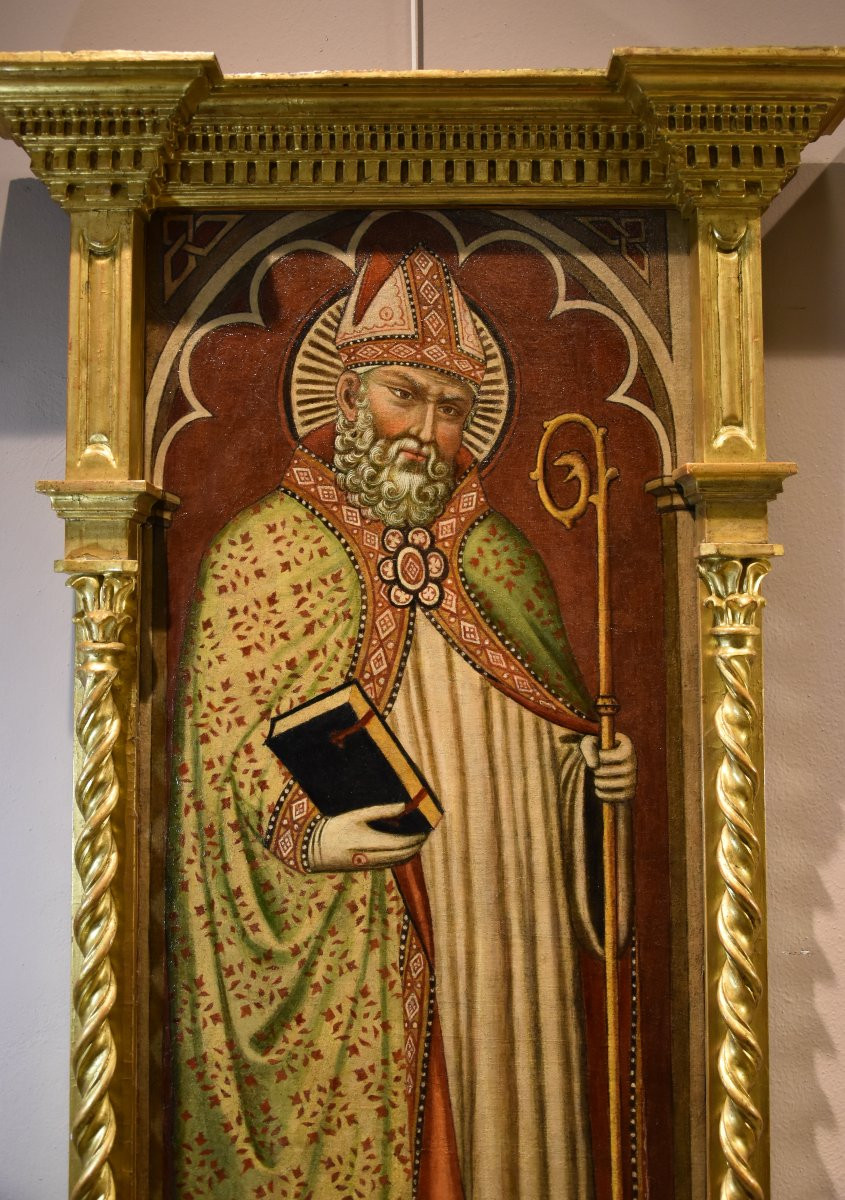

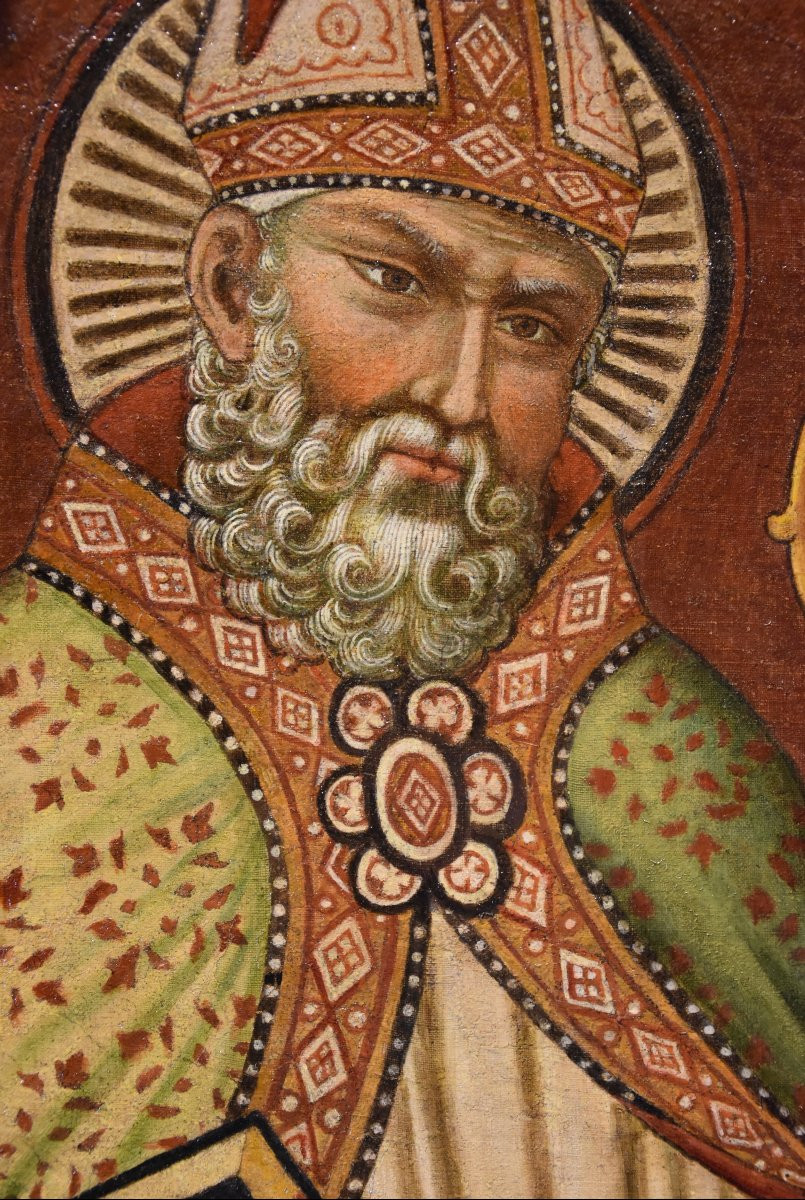



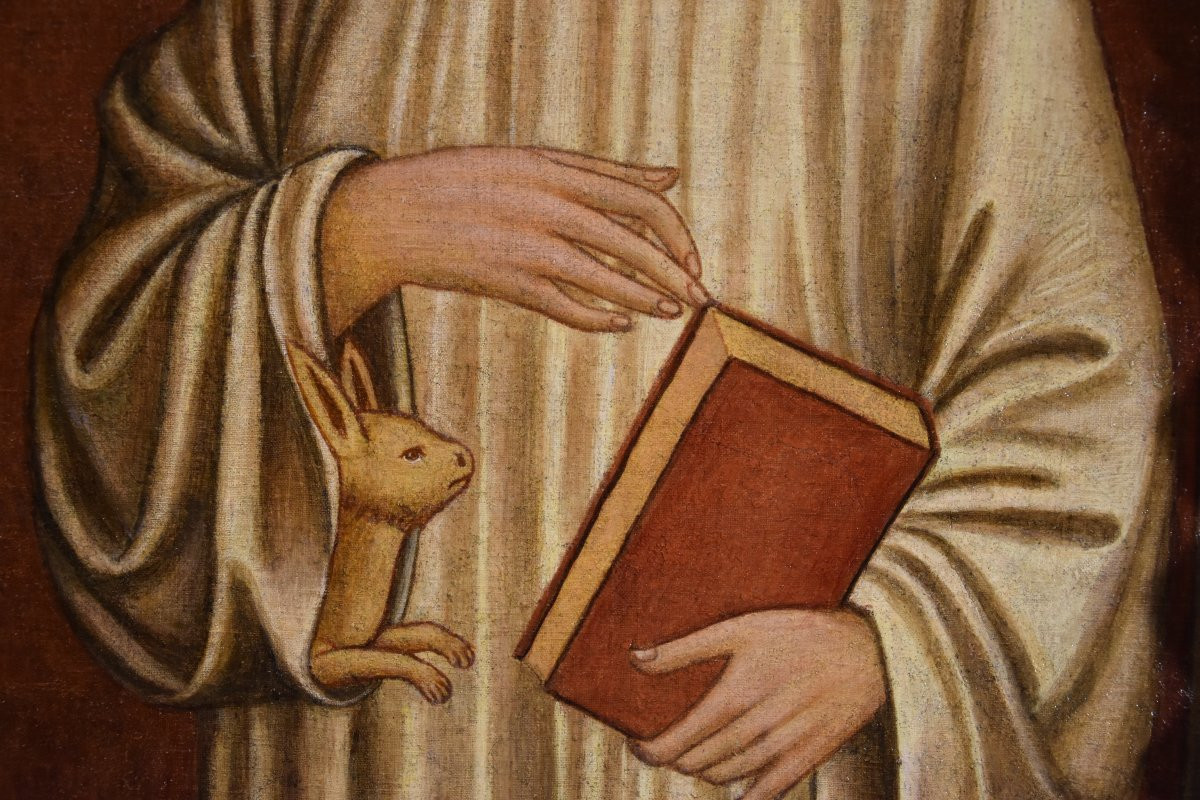
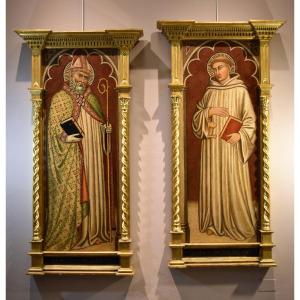



















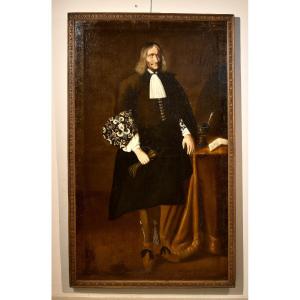
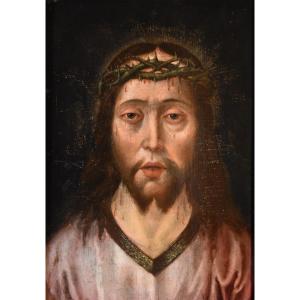



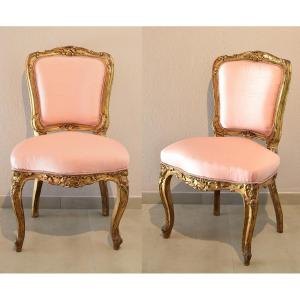



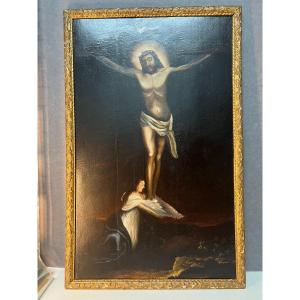
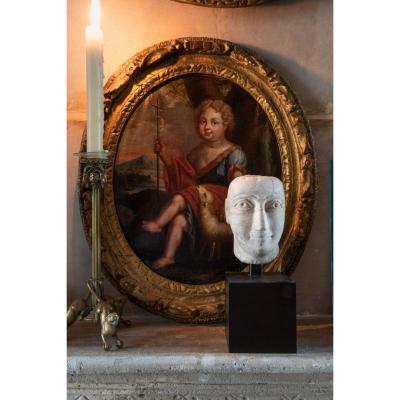
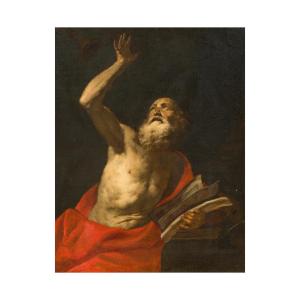




 Le Magazine de PROANTIC
Le Magazine de PROANTIC TRÉSORS Magazine
TRÉSORS Magazine Rivista Artiquariato
Rivista Artiquariato